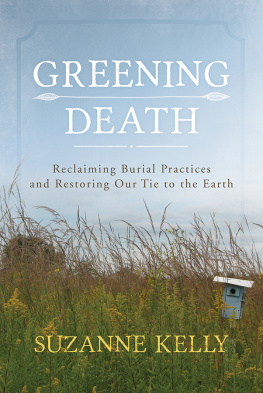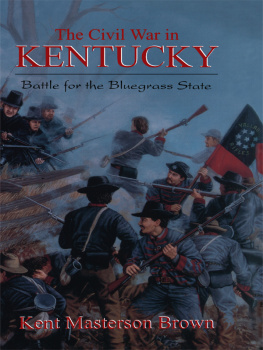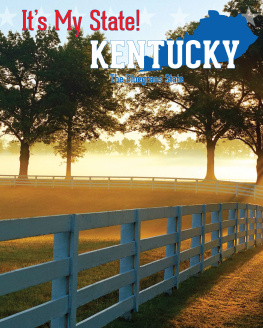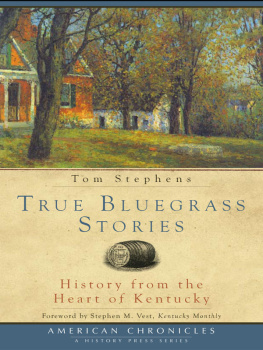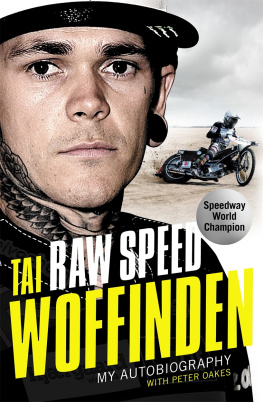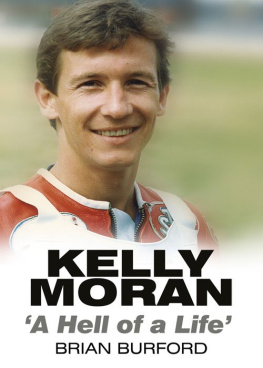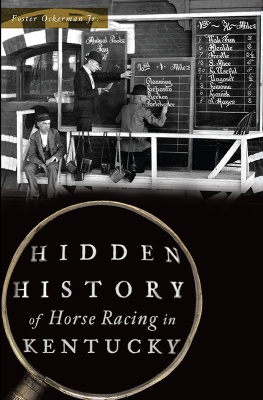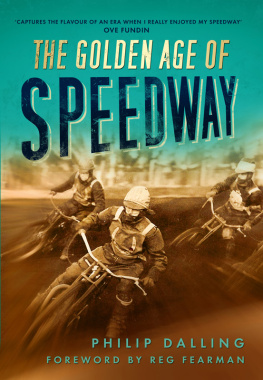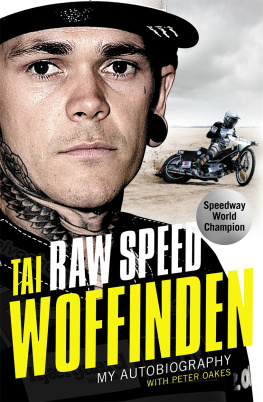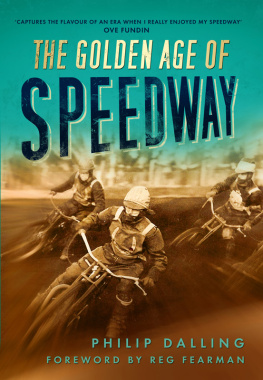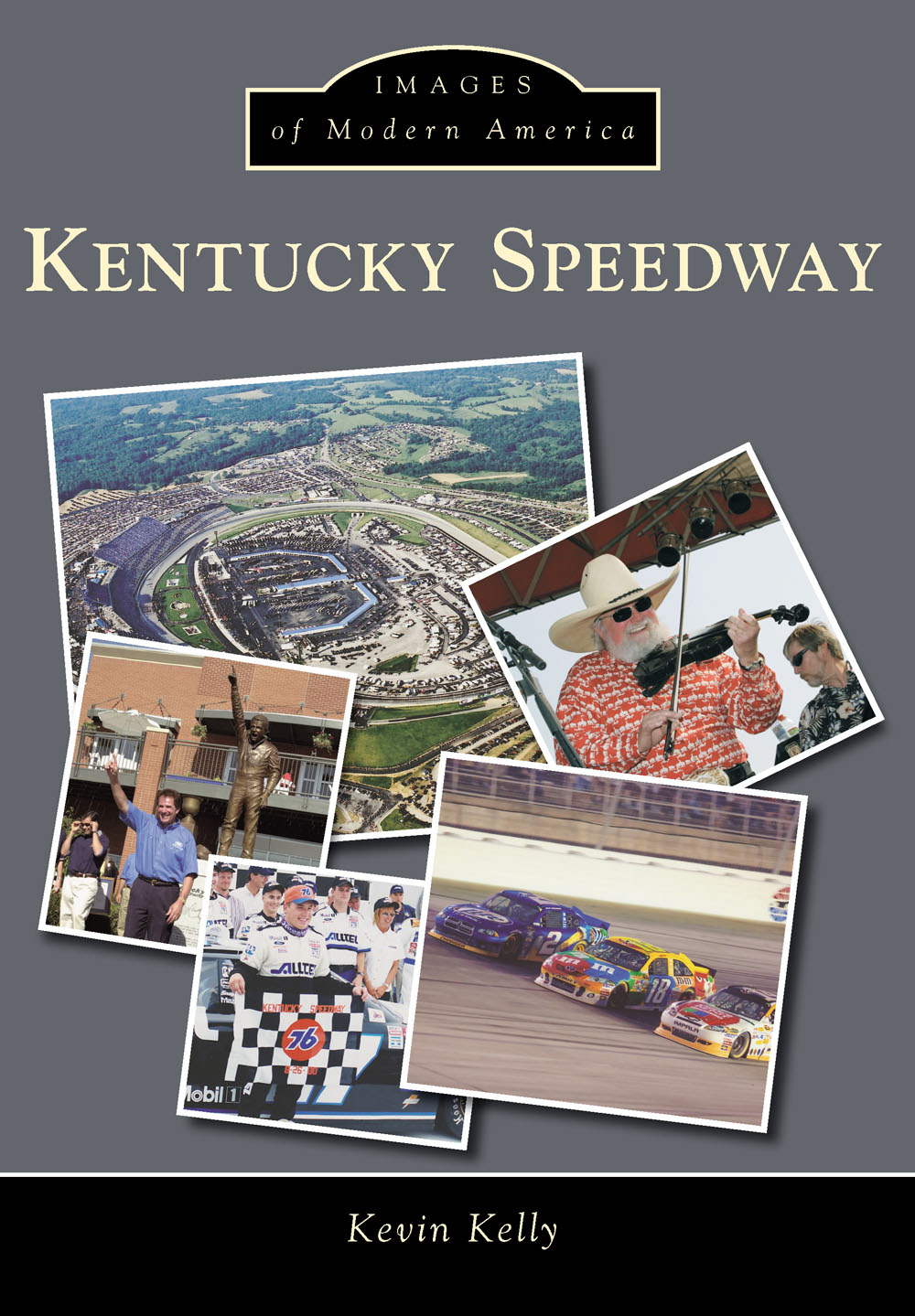
IMAGES
of Modern America
KENTUCKY SPEEDWAY
ON THE FRONT COVER: Clockwise from top left, Kentucky Speedway opened in 2000 and hosted its inaugural NASCAR Sprint Cup Series race in 2011 (courtesy of Dave Brown); Charlie Daniels is the only musician in speedway history to have an event named after him (photograph by Tony Bailey; see ).
ON THE BACK COVER: From left to right, Kentucky Speedway hosted its first NASCAR Sprint Cup Series race on July 9, 2011 (courtesy of Dave Brown); Sprint Cup driver Kyle Busch celebrates after winning the inaugural Quaker State 400 in 2011 (photograph by Tony Bailey; see ).
IMAGES
of Modern America
KENTUCKY SPEEDWAY
Kevin Kelly

Copyright 2015 by Kevin Kelly
ISBN 978-1-4671-1195-9
Ebook ISBN 9781439650356
Published by Arcadia Publishing
Charleston, South Carolina
Library of Congress Control Number: 2015930161
For all general information, please contact Arcadia Publishing:
Telephone 843-853-2070
Fax 843-853-0044
E-mail
For customer service and orders:
Toll-Free 1-888-313-2665
Visit us on the Internet at www.arcadiapublishing.com
CONTENTS
ACKNOWLEDGMENTS
Everybody loves a good underdog story. In my book, Kentucky Speedway fits the bill.
It accomplished what many said it never would or could. Bringing big-time auto racing to a state that produced the Waltrip brothers, the Green brothers, Jeremy Mayfield, Harry Ranier, and others was no small feat. It was not easy, which makes the story of Kentucky Speedway a compelling one, and one I am honored to share here with the help of many who care as deeply about it as I do.
First and foremost, I would like to thank the staff of Kentucky Speedway, namely Tim Bray, Ashley Brennaman Shirley, Len Glockner, and especially Mike Schmaltz. They supported this project from the start by opening up their archives, sharing their knowledge, and being so generous with their time.
It was always a goal to include as many images taken by local photographers as possible to showcase their photographic talents. Jimmy Supplee and Tony Bailey jumped right in to help, and I am grateful to them for allowing me to share their work.
Many thanks to the staff at Arcadia Publishing, particularly Maggie Bullwinkel, Kelsey Jones, and Jason Humphrey, for their patience, understanding, and trust throughout this entire process.
And to my family, thank you for the love and support.
INTRODUCTION
The story of how Kentucky Speedway landed on NASCARs Sprint Cup Series is as improbable as it is true.
The visionary behind the track was northern Kentucky real estate developer Jerry Carroll. Active in the states horse racing industry, he had no experience in motor sports but knew the sport was expanding in the 1990s and sensed an opportunity. Carroll rounded up the private investors, earned support from state officials, found and secured the property in Gallatin Countythe smallest county by area in Kentuckyand commenced to building a track with the expressed purpose of someday bringing NASCARs top racing series to the Bluegrass State.
Kentucky Speedway experienced some growing pains early on, and Carroll was unsuccessful in multiple bids to buy a Cup Series race date from other track owners, but it gained a reputation as a first-rate venue that drew large crowds, featured a unique racing surface that made for entertaining racing, and produced a number of first-time winners who would go on to achieve acclaim in their profession. It took selling the track to Speedway Motorsports Inc. (SMI) in 2008 before Carrolls ultimate dream could be realized.
SMI saw potential in Kentucky Speedway, and as the owner of seven tracks with spots on the Cup Series schedule, it had the resources available to move one of its dates to Kentucky. But first, there was work that needed to be done and a lawsuit that stood in the way. The former owners filed a federal antitrust lawsuit against NASCAR and International Speedway Corp. in 2005 and retained the rights to the suit when they sold to SMI in 2008. The case was defeated at every turn and ended in May 2010, opening the door for SMI to move one of Atlanta Motor Speedways two Cup Series races to Kentucky.
In August 2010, SMI executive chairman Bruton Smith made good on his promise to bring Kentucky Speedway the long-awaited Cup Series race, and he made the announcement inside a sweltering tent teeming with dignitaries, local and national media, and just ordinary folks who wanted to see what the fuss was about.
The fuss was that it became the first new venue brought onto the NASCAR Sprint Cup Series schedule since Chicagoland Speedway and Kansas Speedway were added in 2001 and one of just 23 tracks nationwide to hold a Sprint Cup race.
Only one other time had NASCARs elite division stopped in Kentuckyon August 29, 1954, at Corbin Speedway in southeastern Kentucky. The race on the half-mile dirt oval was won by Lee Petty, the patriarch of the racing Pettys. He averaged 63.08 mph in a 1954 Chrysler. Hershel McGriff finished second followed by Buck Baker and Herb Thomas. Petty, Baker, and Thomas are enshrined in the NASCAR Hall of Fame.
The major-league sport was coming back to Kentucky, but the speedway had to get ready. Smith and SMI spent about $100 million to improve parking, expand camping, move the pit road 200 feet closer to the grandstands, and add 40,000 seats through the construction of a pair of grandstand towers to bring seating capacity to 107,000. The inaugural Sprint Cup race was won by Kyle Busch in 2011 but marred by the gridlock outside the track, prompting millions more in infrastructure work to be done on-site and nearby on top of the $100 million spent by SMI to ready the venue for the Cup Series. The fixes worked and Brad Keselowski beat the heat in 2012 to win the second Quaker State 400 en route to capturing the Sprint Cup title. In 2013, the race was postponed a day by rain and contested in the daytime for the first time. Matt Kenseth won. In 2014, Keselowski became the first two-time winner in the events history.
Opened in 2000, Kentucky Speedway has hosted numerous forms of racing, including the IndyCar Series, NASCARs Xfinity Series and Camping World Truck Series, the ARCA Racing Series, and major entertainment events from rock and country concerts to monster trucks. The list of race winners includes some of the biggest names in motor sports such as Busch, Keselowski, Greg Biffle, Carl Edwards, Joey Logano, Ryan Newman, Kevin Harvick, and Ron Hornaday in NASCAR; Helio Castroneves, Scott Dixon, Tony Kanaan, and Sam Hornish Jr. in IndyCar; and Frank Kimmel in ARCA. But Kentucky Speedway has also treated fans to its share of upsets. David Gilliland, Ed Carpenter, and Stephen Leicht come to mind. And in terms of history, Sarah Fisher, Danica Patrick, and Erin Crocker all achieved firsts in their sport on the 1.5-mile track.
In recent years, the track has become known for its bumpy characteristics. And, likewise, it has been a bumpy road at times for the track that was promised nothing from the outset but has muscled its way to the top and delivered everything its founders intended.
Kevin Kelly teamed up with photographers Jim Supplee and Tony Bailey as well as Kentucky Speedways communications staffTim Bray, Ashley Shirley, Len Glockner, and Mike Schmaltzto produce the first comprehensive pictorial history about the Gallatin County track. Kelly has covered motor sports throughout a journalism career that included stops at daily newspapers in Charleston, South Carolina; St. Petersburg, Florida; and Cincinnati, Ohio. He is proud to call Kentucky home.
Next page





